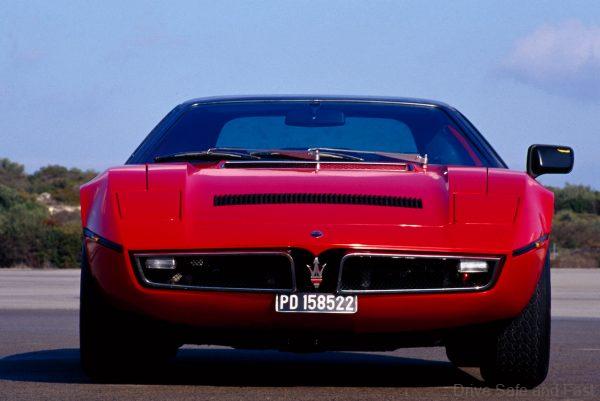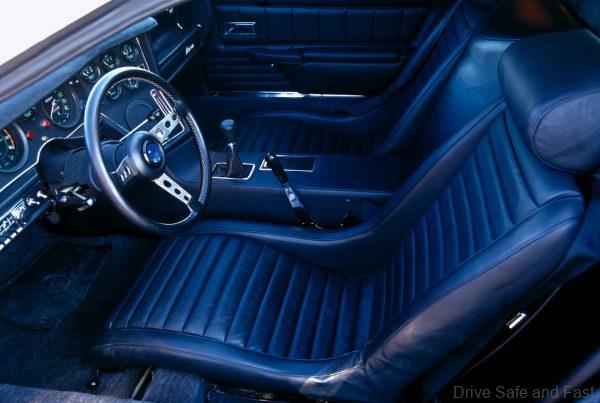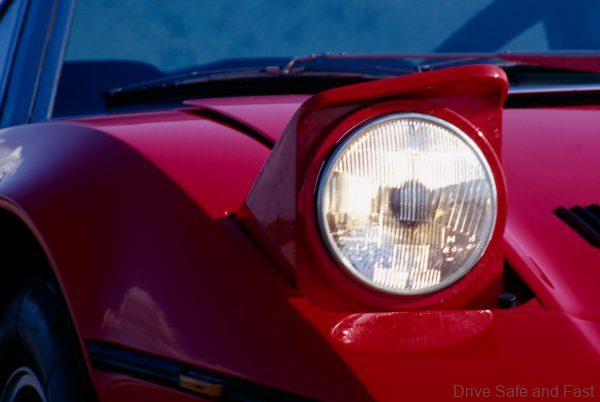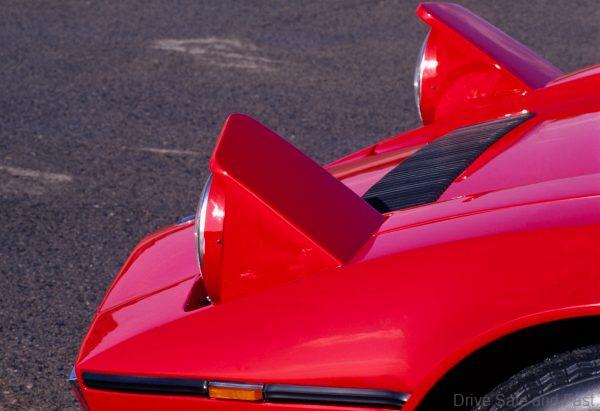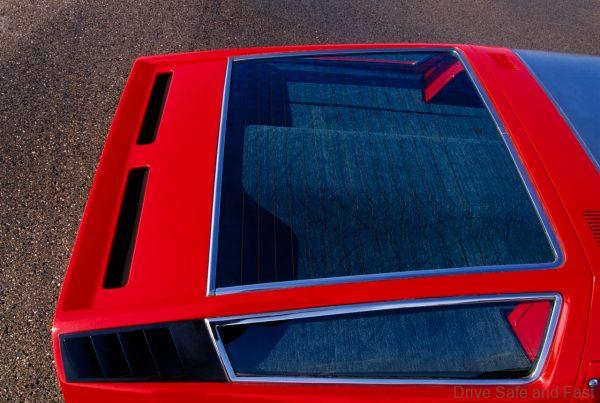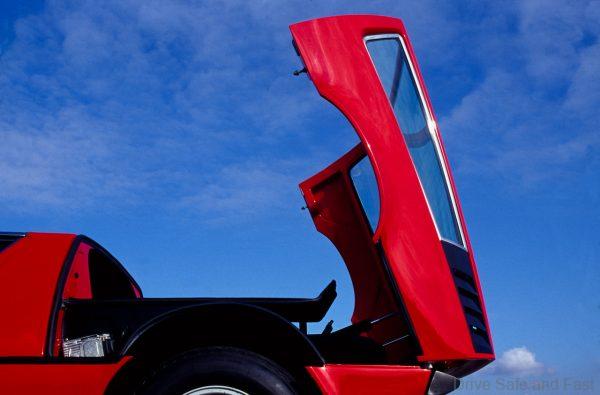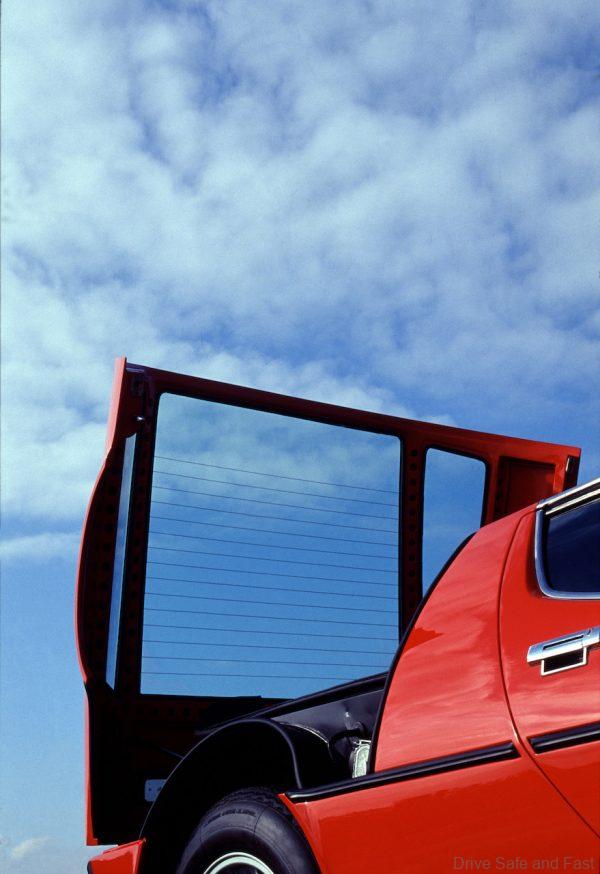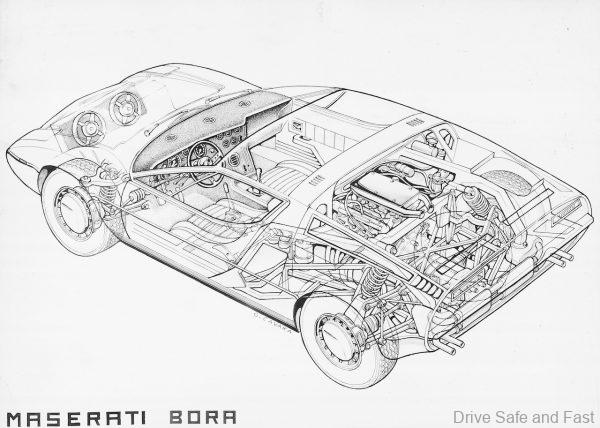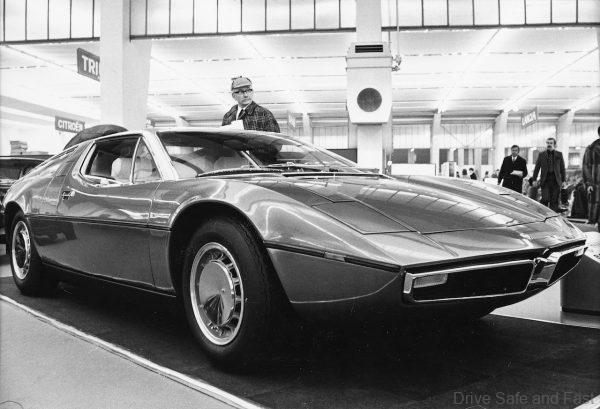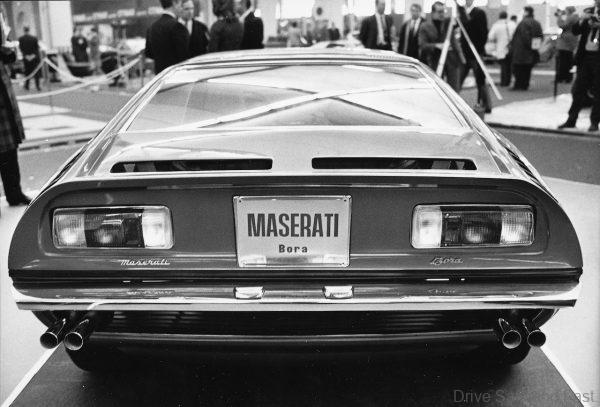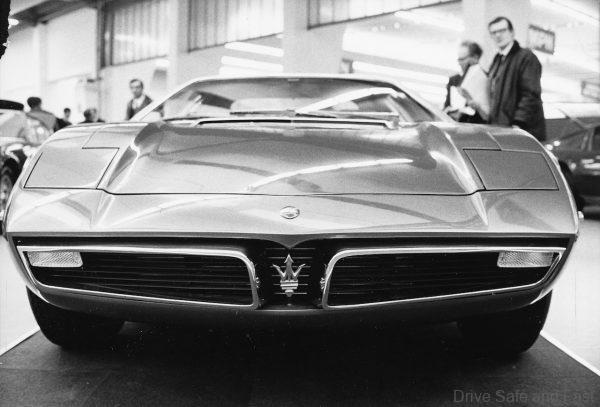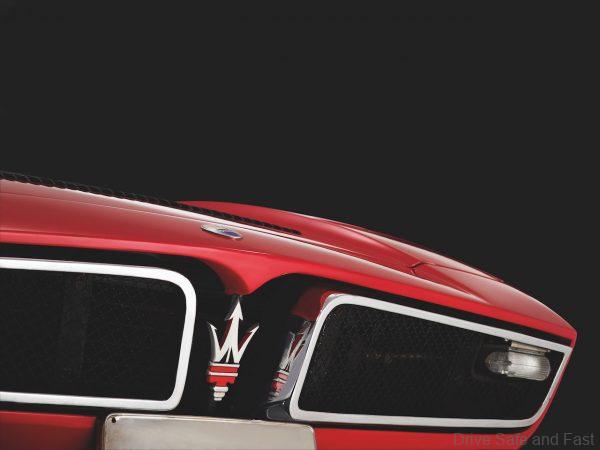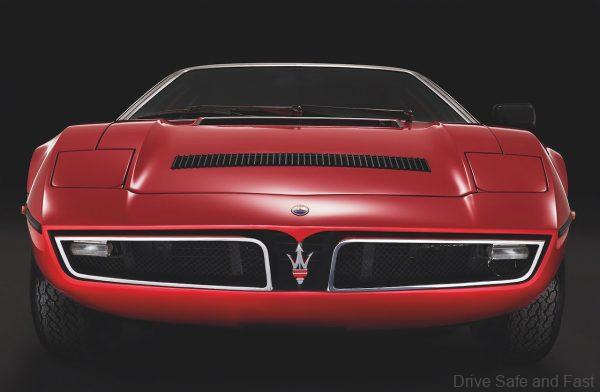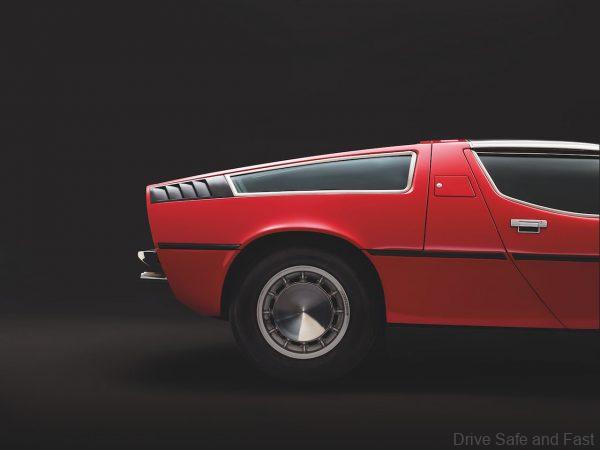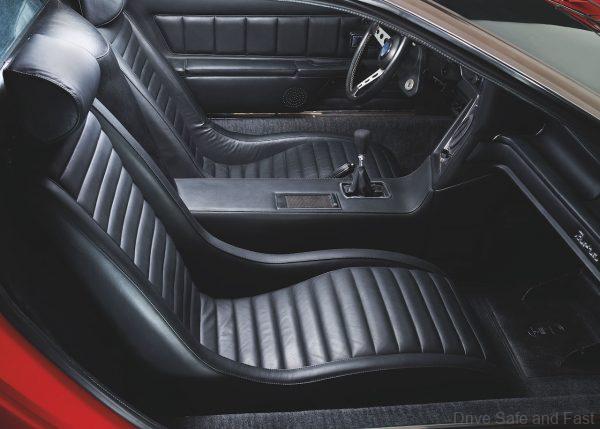50 years ago, the Maserati Bora was the brand’s first mid-mounted rear engine road car.
Maserati is undergoing the beginning of a renaissance with the introduction of the MC20 and the brand’s absorption into Stellantis. But at such a critical juncture for the brand, it’s important to look back at its past.
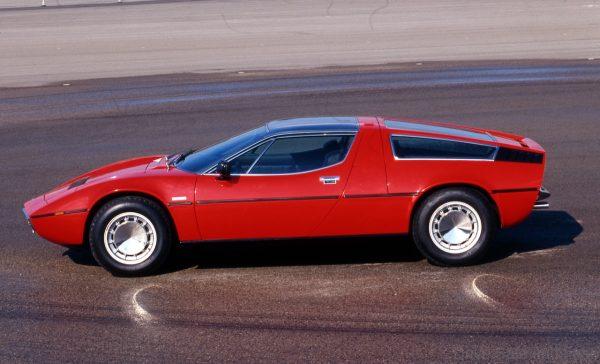
50 years ago, Maserati showed their first-ever mid-mounted rear-engine vehicle and it was called the Bora. No, not the Volkswagen Bora, the Maserati Bora. The car was shown on the 11th of March 1971 at the Geneva International Motor Show, but the vehicle itself only went into production starting in 1978. Only 564 were ever made, making it rarer than that other 50-year old Italian icon, the Lamborghini Countach.
Learn more about the Maserati Bora from the press release below.
PRESS RELEASE
Following the trend that had already revolutionised Formula 1 racing cars over previous years, Maserati asked Giorgetto Giugiaro of Italdesign to come up with a mid-mounted rear engine sports car with enhanced performance, design, comfort and safety.
The engine was the tried and tested 4,700 cc V8 producing 310 horsepower at 6,000 rpm (to be joined by the 4,900 cc unit two years later), mounted lengthways on a subframe installed on the monocoque.
The car’s distinctive features included retractable headlights to prevent aerodynamic drag, projecting differential on the rear axle, independent suspensions on all wheels (for the first time in a Maserati), disc brakes, dry-mounted single disc clutch, 5-speed gearbox and telescopic suspension dampers.

The Bora combined comfort and performance and had a top speed of over 280 km/h, ensuring great driving pleasure thanks to the engine’s exceptionally agile response and the quiet interior.
While the car’s engineering design carried the name of Giulio Alfieri, the aerodynamics and styling were by Giorgetto Giugiaro, who created a two-seater coupé on simple, elegant lines which gave the Maserati Bora a balanced appearance.
The approach was futuristic, with a low, slender, almost tapered front styled to cut through the air, while the front grille included two rectangular air vents with a Trident in the centre. The perfectly sleek sides were centrally divided by a thin black rubber trim, while the rear ended in a Kamm or truncated tail.
The result was a trend-setting, streamlined car perfect for the rock-and-roll spirit of the ‘70s, which is still delighting fans today.


